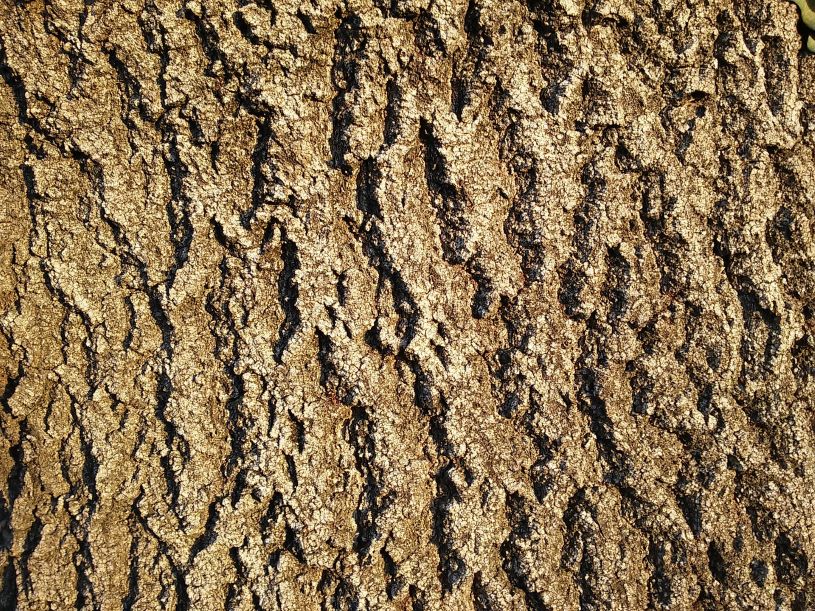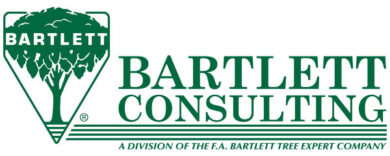Understanding the Value of Recognizing Tree Species

By Pat Paternostro
Being able to properly identify tree species while in the field is crucial to all green-related jobs — whether you’re a landscaper or forester. Not only does it help us do our jobs and show our professionalism, but it also keeps us safe and ensures we follow the best practices for the trees we are interacting with.
Why is proper tree identification essential?
Identifying trees properly is a fundamental aspect of many roles in the green industries. There are various reasons why tree identification is important, including:
- Ensuring the utilities and their customers see you as knowledgeable
- Instituting the proper prescription for different species
- Ensuring hazard trees are prescribed correctly
- Making tree crews more successful
- Creating a tree inventory that can be used for future planning
- Assisting in passing exams such as the International Society of Arboriculture (ISA) Arborist Certification
TREE IDENTIFICATION TIPS
The use of field guides and phone apps
While today’s field guides, both in print and app form, are great tools, they have many shortcomings and aren’t completely reliable. Apps that rely on photos of leaves to get an identification don’t work very well in the dormant season, and flipping through a book on a jobsite is time consuming.
With tree and field guides being tough to navigate and stuffed full of information field employees may never need, it is important to know how to identify trees without leaning on these resources. One of the best ways to approach identification is by breaking the trees down into small categories. You can easily do this by identifying what makes the trees different. Look at the leaves, bark, growth rate and tree shape to help differentiate them. Once you can break trees into smaller groups, you should be able to use your knowledge to determine the species and then confirm it with the field guide, tree guide or app.
Finding the difference in conifer needles
Each coniferous tree species will have needles that look slightly different. For example, when distinguishing between pine, spruce and fir needles, you would look for the following traits:
- Pine needles are attached in clusters of two, three or five and are long, but you must know what pines you have in your area.
- Spruce needles are attached individually and are sharply pointed and squared, making them easy to roll between your fingers. They are also attached to small, stalk-like woody projections.
- Fir needles are attached individually and are softer and flat, making them difficult to roll between your fingers.
Taking a close look at the needles of trees can help you quickly narrow down which species you should consider.
Branching structure of deciduous trees
Branching is one of the most important concepts to grasp when identifying a tree. Opposite branching, where the side branches and leaves go directly across the stem from each other, is much less common than alternate branching. When you see opposite branching, it is safe to say the tree you are identifying is one of the following:
- Maple
- Ash
- Dogwood
- Buckeye
- Horse Chestnut
However, if the tree you are identifying has alternate branching, where side branches and leaves do not grow directly across from each other, the number of potential species increases dramatically.
Leaf structure of deciduous trees
For classification, it’s the most important to distinguish between simple or compound leaves. A simple leaf is a single blade with no splits, while a compound blade has deep depressions that split the leaf blades into leaflets.
Fruit, flowers, seedpods and bark as extra identifiers
Fruit, flowers, seedpods and bark can all be used as extra aids in identifying the type of tree you have. They can be found hanging off the tree or on the surrounding ground. The bark is the most distinctive of these extras and is always a good feature to assess in your identification.
Assessing tree shapes
Finally, assessing the shape of a tree or how the tree reacts to being pruned can aid in your identification. Whether the tree is V-shaped like an elm or columnar like a sweetgum, the shape can give you clues as to what species of tree you are working with.
Some of the identification decisions you will make will be based on arboricultural skills that you have learned, but sometimes field experience and professional judgment are needed to make the right identification. Following these tips in your tree identification can make you an even more successful field worker.
Pat Paternostro is an operations manager with ACRT. With an extensive career spanning nearly 30 years with ACRT, he has held a variety of field-based and operational roles serving customers across the country. He previously served as a Storm Team Manager for ACRT’s Ready Force emergency response team, is an ISA Certified Arborist and Utility Specialist, and has served in numerous ISA committees and chapters. He is an active outdoorsman and enjoys spending time hiking, fly fishing and more.


